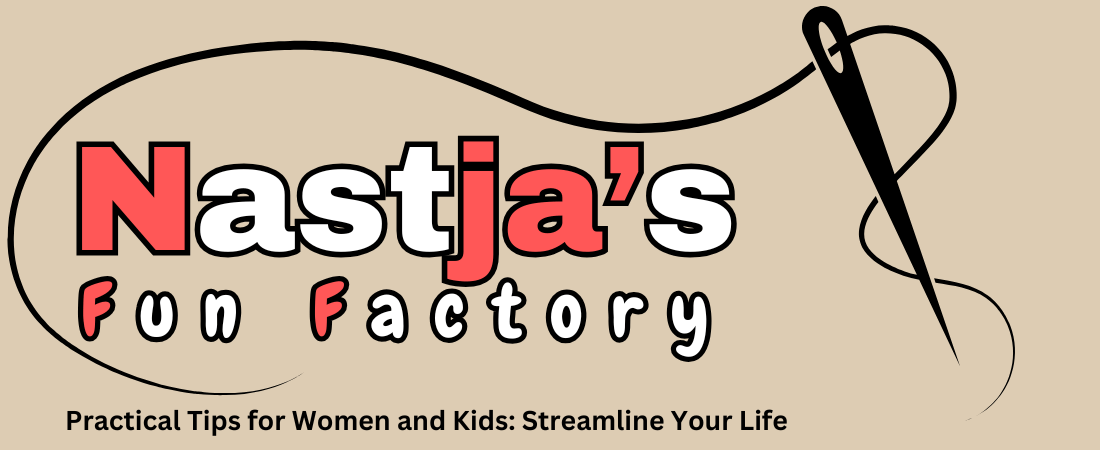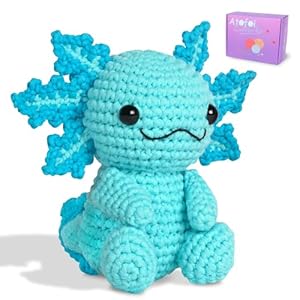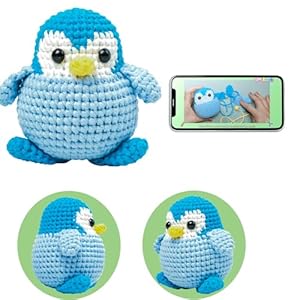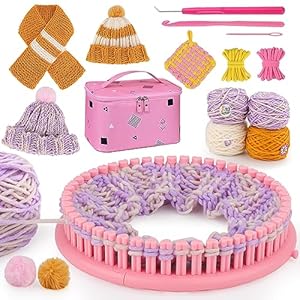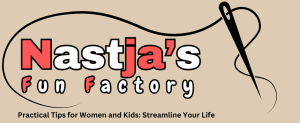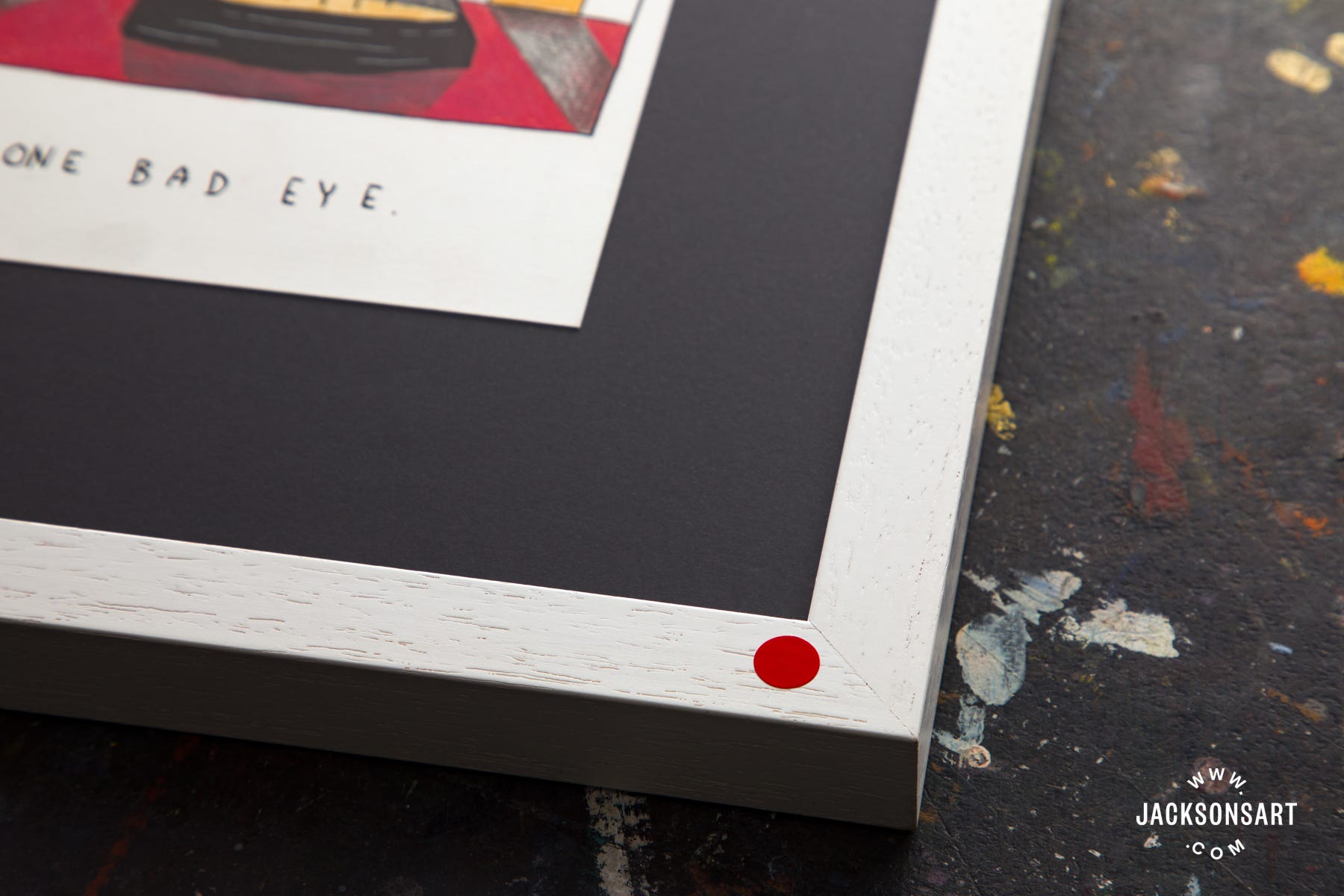
This month’s advice is all about selling your artwork. Artists in the Jackson’s community have sent in lots of varied queries about the pros and cons of different selling methods, finding buyers, selling older work, and selling under different names. So let’s dive in.
Expert Advice on Selling Your Artwork
Pros & Cons of Different Selling Methods
Pros & Cons of Different Selling Methods
Artists today are expected to not only be the creator of the work but the sales and marketing manager too. This is a lot to ask of one person so it’s good to assess the options that are right for you. And before you even begin selling your artwork, make sure you feel stable in your practice. It’s much easier for people to ‘buy into’ your work if it has a clear voice. This is key for collector confidence. If you’re not sure whether you have ‘found your voice’ yet, jump back a step to an earlier article on Making Your Way as an Artist.
Online
You have a variety of platforms and tools at your disposal so let’s narrow it down to a few: Instagram, an e-commerce website, direct newsletter marketing, and online platforms. The more direct contact you have with your target audience the more likely you are to make sales. Instagram is a saturated space so unless you are really working the algorithm, it can be hard to cut through. That said, it’s a brilliant way to make connections for selling opportunities. With newsletters, you can specifically reach the people who are interested, even if this is a smaller number. You can offer discounts, ‘first looks’ at new collections and studio visits for your loyal followers. If you have an e-commerce site this is a seamless way of leading them towards a purchase. The online platforms are worth considering but I would recommend sticking to the vetted ones (where you have to apply), such as Rise Art or Fair Art Fair. They have an existing audience and curate online collections for their community. Sales can be slow though and bear in mind, once you are on these platforms, they will likely rank higher than you on Google so this could drive traffic away from your own website.
Pro: Mostly free
Con: Requires consistent marketing

Exhibitions
Putting on exhibitions is a great way to get people invested in your work. If they can experience how the work lives and breathes outside the Instagram squares they are much more likely to buy it. You can also use images/videos of the show as legacy content to put your work in context. This doesn’t need to be a fancy or expensive exhibition. You can make it a group show to share costs or do a small solo pop-up in a cafe or florist where the venue is free.
Pro: More engaging
Con: Can require funding
Representatives
Galleries, art consultants, and interior designers can all sell your work on your behalf. Ideally, you want to work towards having a few representatives in different locations. That way, there isn’t the pressure of any one dealer needing to sell all of your work, and you won’t saturate your market. Art consultants receive far less applications than galleries and, as they often have clients with a wider variety of tastes, they are more versatile. So this could be a good place to start.
Pro: Access to buyers
Con: Can take time

Finding Buyers
How do we find buyers on our own? Well, it’s a slow process so don’t expect to have a full mailing list in the first year of practising art professionally. Little and often is the key. Start by selling, lending, or gifting your artwork to friends and family to put in their homes or share on Instagram. Go and support fellow artists and meet people at exhibitions. Exchange cards/Instagram details and follow up with a thank you. Go to fairs and put your name down on lots of gallery mailing lists to get invited to private views.
To expand your network faster, consider collaborations. Either in a pop-up exhibition with a business that already has a captive audience – like a cafe or a florist. Or online with an emerging brand who can use your artwork for one of their designs or campaigns.
You can also take an old-fashioned route of magazine listings. This proves fruitful for some artists but you have to be willing to take the financial hit with no guarantee of return.
Selling Under Different Names
This is something artists who work as illustrators or designers may have to think about. As the artist, you retain the copyright of your artworks regardless of the front-facing name. So your work will always be protected – unless you have assigned copyright to your previous employer. The hassle factor is more in the administration of re-branding and rebuilding your audience under a new name. If you want to remain anonymous, it could be worth creating a studio name. It separates you from the work but creates an entity that people can trust. Some artists have both – the studio operates as a limited company and their fine art practice is presented under their own name. This often requires two websites (or one and a subpage) and usually two Instagram accounts.
Selling Older Work
As your work evolves you’ll find yourself with pieces that haven’t sold and no longer represent your current practice. This puts them in limbo. Firstly, we have to accept that not all of our work will sell. If it’s very good, put it on ice and give it another go at a future exhibition – where you can present it as rare early work. In the short term, I would recommend hosting a studio sale. You can turn it into a fun way to connect with friends and collectors. Do it in your studio, at home, or even online. Be clear that it’s older work so you can explain why there is a discount. Anything up to about 25-30% off is reasonable. Then if you still haven’t shifted it, re-work the materials and use it for future pieces. Or, you could think about licensing it, which we will look at in more detail soon.
So have a go at one or two of these avenues of selling your artwork. A combination can work really well, though some will feel more natural than others. So experiment until you find what works for you.
Further Reading
Art Fair Checklist for Artists
Expert Advice on Pricing Your Artwork
A History of the Artist’s Book and How to Make Your Own
Evie Hatch Interviewed by Ask an Artist Podcast
Shop Art Materials on jacksonsart.com
Trending Products
